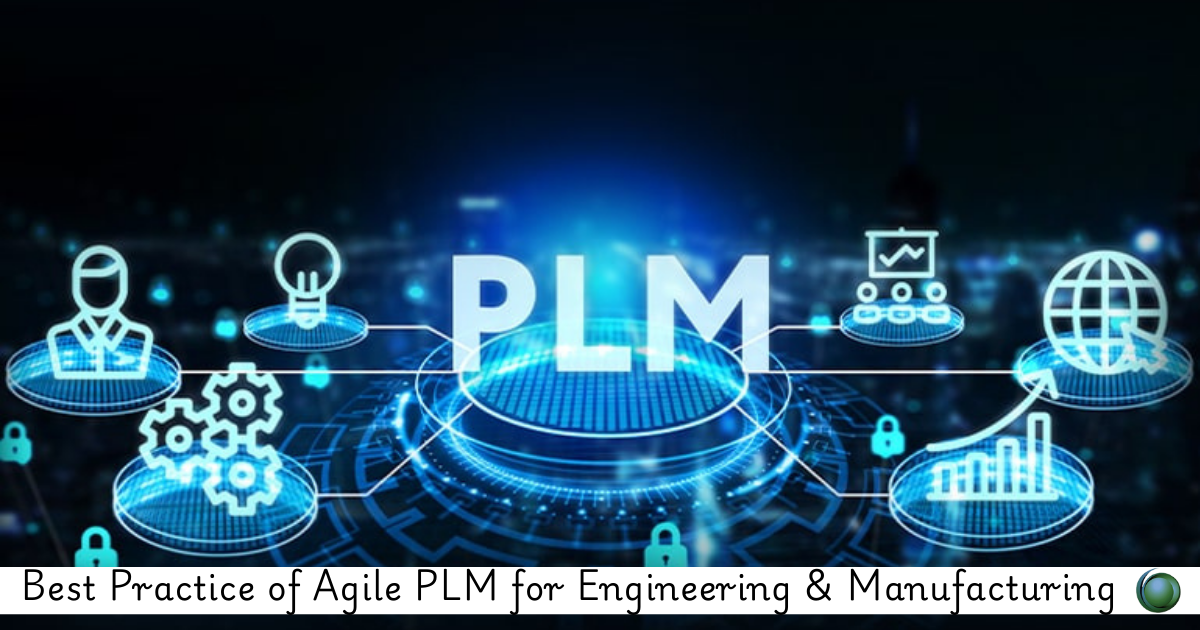Description
Introduction
Integrating engineering and manufacturing processes through Agile Product Lifecycle Management (PLM) is crucial for enhancing collaboration, accelerating product development, and improving overall efficiency. This course explores the methodologies and best practices for leveraging Agile PLM to facilitate seamless integration and execution between engineering and manufacturing teams. Participants will gain insights into effective strategies, tools, and workflows that drive innovation and quality in product development.
Prerequisites
- Basic understanding of Agile PLM concepts
- Familiarity with engineering and manufacturing processes
- Experience in project management or product development roles
Table of Contents
- Introduction to Agile PLM Integration
1.1 Overview of Agile PLM Concepts
1.2 Importance of Integration Between Engineering and Manufacturing
1.3 Benefits of Agile PLM in Integrated Environments - Key Components of Engineering and Manufacturing Integration
2.1 Understanding the Roles of Engineering and Manufacturing
2.2 Identifying Integration Points in the Product Lifecycle
2.3 Best Practices for Collaborative Integration - Defining Agile Workflows for Integration
3.1 Developing Cross-Functional Workflows
3.2 Mapping Engineering and Manufacturing Processes
3.3 Implementing Iterative Development Practices - Utilizing Agile Tools for Integration
4.1 Overview of Agile PLM Tools and Technologies
4.2 Choosing the Right Tools for Integration
4.3 Integrating Agile PLM Tools with Engineering Systems - Change Management in Integrated Environments
5.1 Managing Change Across Engineering and Manufacturing
5.2 Strategies for Effective Change Management
5.3 Engaging Teams in Change Initiatives - Data Management and Version Control
6.1 Importance of Data Integrity in Integration
6.2 Implementing Version Control Systems
6.3 Best Practices for Data Sharing and Collaboration - Performance Metrics and Evaluation
7.1 Establishing Key Performance Indicators (KPIs)
7.2 Techniques for Measuring Integration Success
7.3 Analyzing and Reporting Performance Data - Case Studies in Engineering and Manufacturing Integration
8.1 Successful Implementations of Agile PLM in Integrated Environments
8.2 Lessons Learned from Real-World Applications
8.3 Applying Insights to Your Organization - Future Trends in Engineering and Manufacturing Integration
9.1 Emerging Trends in Agile PLM
9.2 The Role of AI and Automation in Integration
9.3 Preparing for Future Challenges in Integrated PLM - Workshop: Designing Your Integration Strategy
10.1 Hands-On Activity: Mapping Your Integration Workflow
10.2 Group Discussions and Feedback
10.3 Developing an Action Plan for Implementation
Conclusion
This course equips participants with the knowledge and skills necessary to integrate engineering and manufacturing processes effectively using Agile PLM. By implementing best practices and leveraging Agile tools, organizations can enhance collaboration, improve efficiency, and drive innovation in product development. Successful integration is key to maintaining a competitive edge in today’s rapidly evolving manufacturing landscape.
If you are looking for customized info, Please contact us here






